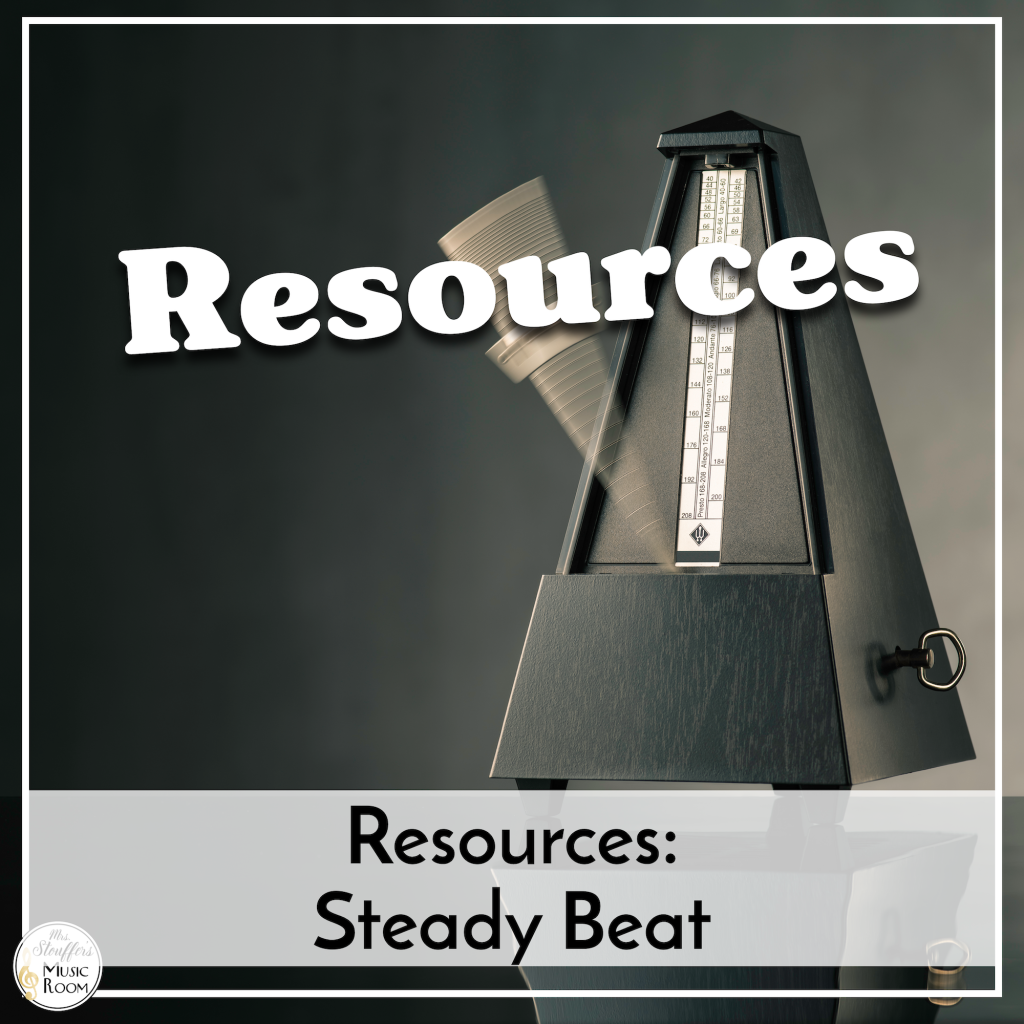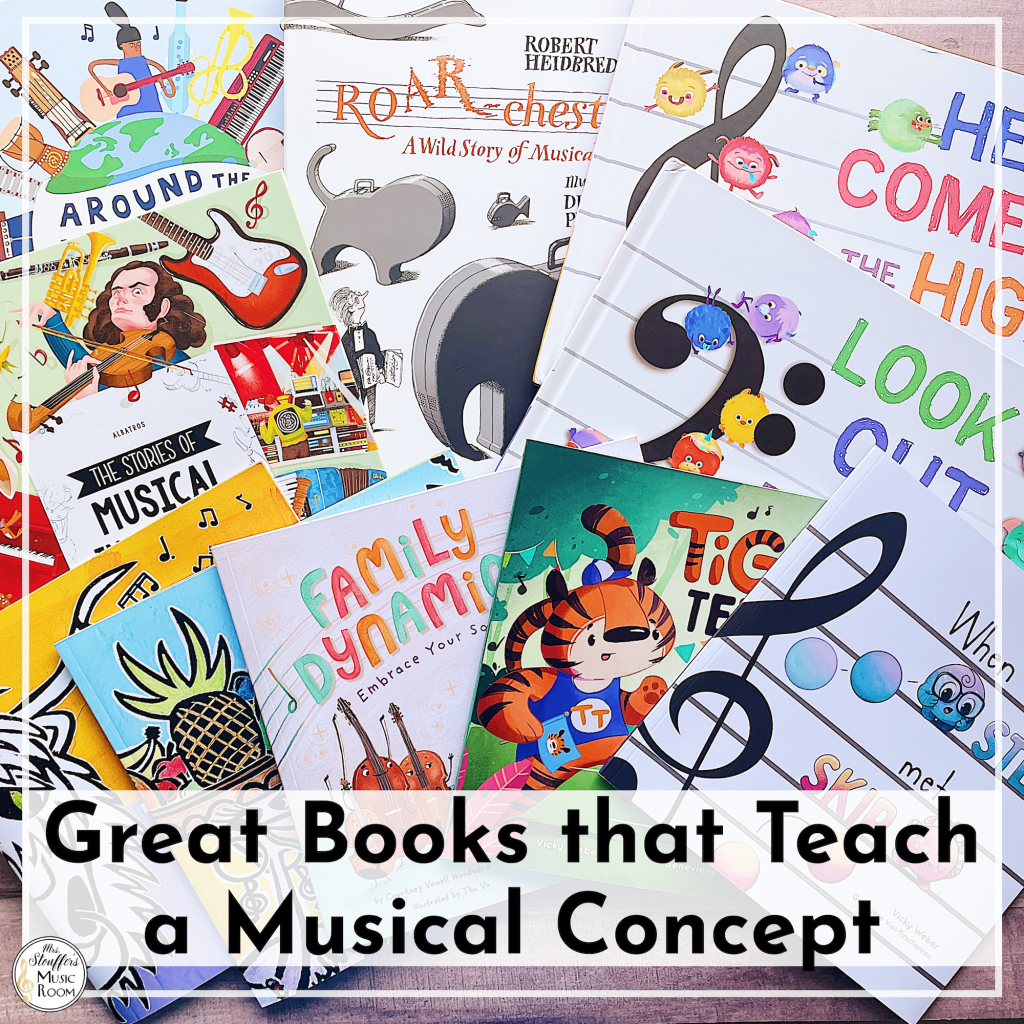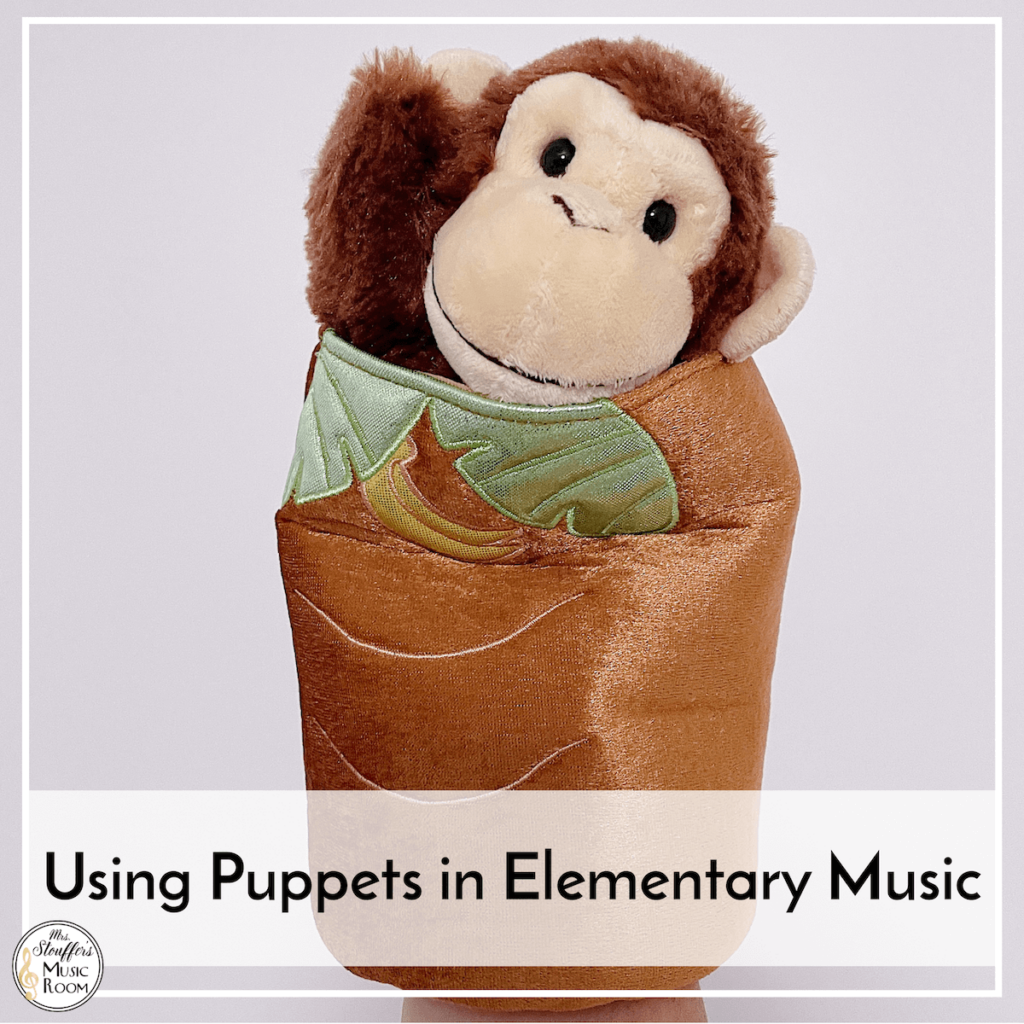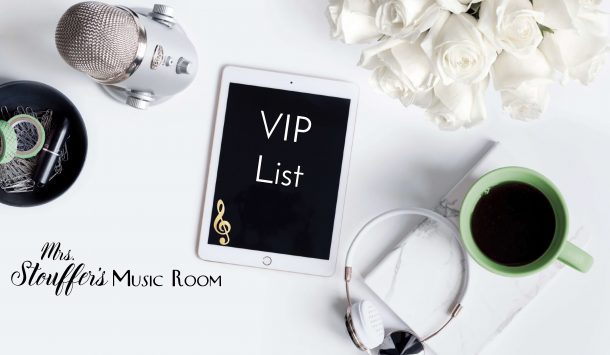The big one. The ultimate music ed concept. This one is SO important. I’d argue that this concept is more important than a good number of other musical concepts that we teach because this one really as a life long impact on our students. This concept is Steady Beat.
It impacts their lives as readers, dancers, movers, audience clap-along-ers, and more. But how do you define steady beat to kids because it’s ‘abstract’. It’s not like we can point to it on the board and say, “this is steady beat, ok?” So let’s break down steady beat.

Prepare:
Experience it. Before we can tell them what it is, our students have to experience the concept. This means they need to see you the teacher correctly perform it too.
Kinesthetic: Students need to experience steady beat by moving to it. Clap, stomp, march, play instruments or whatever way they can move to show it. Sometimes, I like to do small motor movement to switch it up. My favorite way is to have students pretend their hand is an animal that is ‘talking’ so they pinch their thumb with fingers. They use this to show steady beat. A great add on for this is googled-eyed finger puppets. (Full disclosure: some affiliate links. Won’t change your price and no pressure!

Aural: Really drive it home. Pick a piece of music with a strong bass and help them move to it. Marches are great but so are songs you would hear on the radio or at home. These are particularly useful when the students have been able to show the beat because they can relate it to their own lives. Getting a good idea of what students like to listen to can help you find music for this which can also come back in the practice phase.
Visual: After students have been able to show and identify steady beat (without naming it) in kinesthetic and aural activities, you can introduce the icon notation. This is where beat charts are particularly useful. First you show how to track by pointing, then students learn to to track by pointing individually and to the group.
Present
When you present, make sure you include kinesthetic, aural, and visual cues. A great way to do this would be to sing a known song that the students can correct perform, have them clap or pat the beat while they watch you tap the icon notation.
- Sing known song keeping steady beat on body (Ex: patting on knees)
- T points to icon notation to show visually
Words that work:
- Musicians call this steady beat
- It is like our heartbeat – it is steady. (I always like to demonstrate what it does NOT do – fast/slow/start/stop/etc).
- Tick/tock – clocks are great activities for steady beat but it will require some in the prep stage as well. Introducing to an analog clock and the poem Hickory Dickory Dock work great.
Practice
Early practice should look like late prep. But the students know the name. In particular with steady beat, there isn’t really a new portion of practicing reading/writing it so practice for steady beat can consist of similar activities.
- Play instruments to the beat
- Body percussion to the beat
- Locomotor/nonlocomotor movement to the beat
- Point and read icon notation while listening/singing/playing.
- Listen to music with steady beat and show it with body percussion/movement
I hope this help!







Hi Melissa,
As I am getting ready to retire, I thought I’d pass along some of my thoughts. I agree with everything you have said and your way of presenting it. I call the steady beat the “heartbeat” of the song. One of the 1st things I have my kinders do is pat the beat on their heart. This happens after they have learned to say the pledge, so I can just tell them to Put their hands in place for the pledge and go from there. Good luck with teaching steady beat.
Ruth Trick
YES! I definitely say heartbeat! It really helps students because they already have that frame of reference.